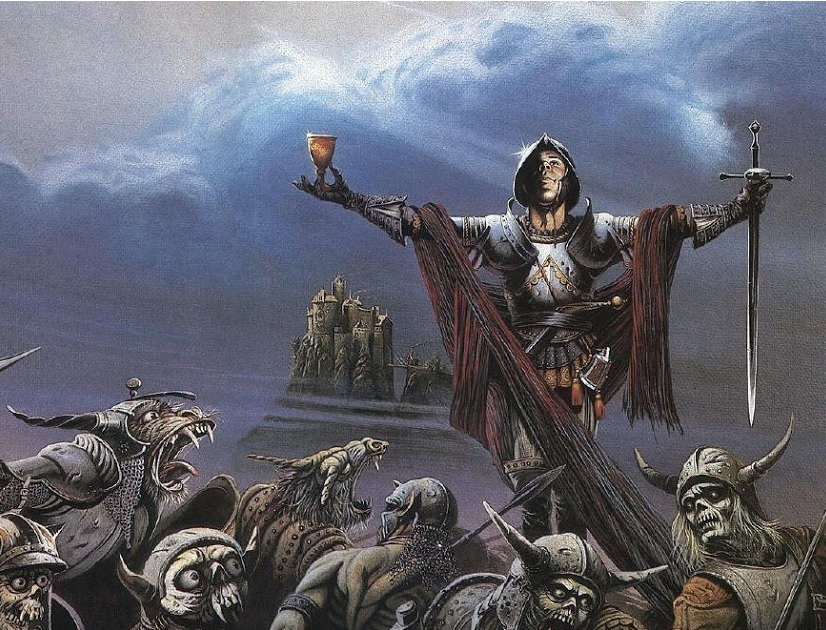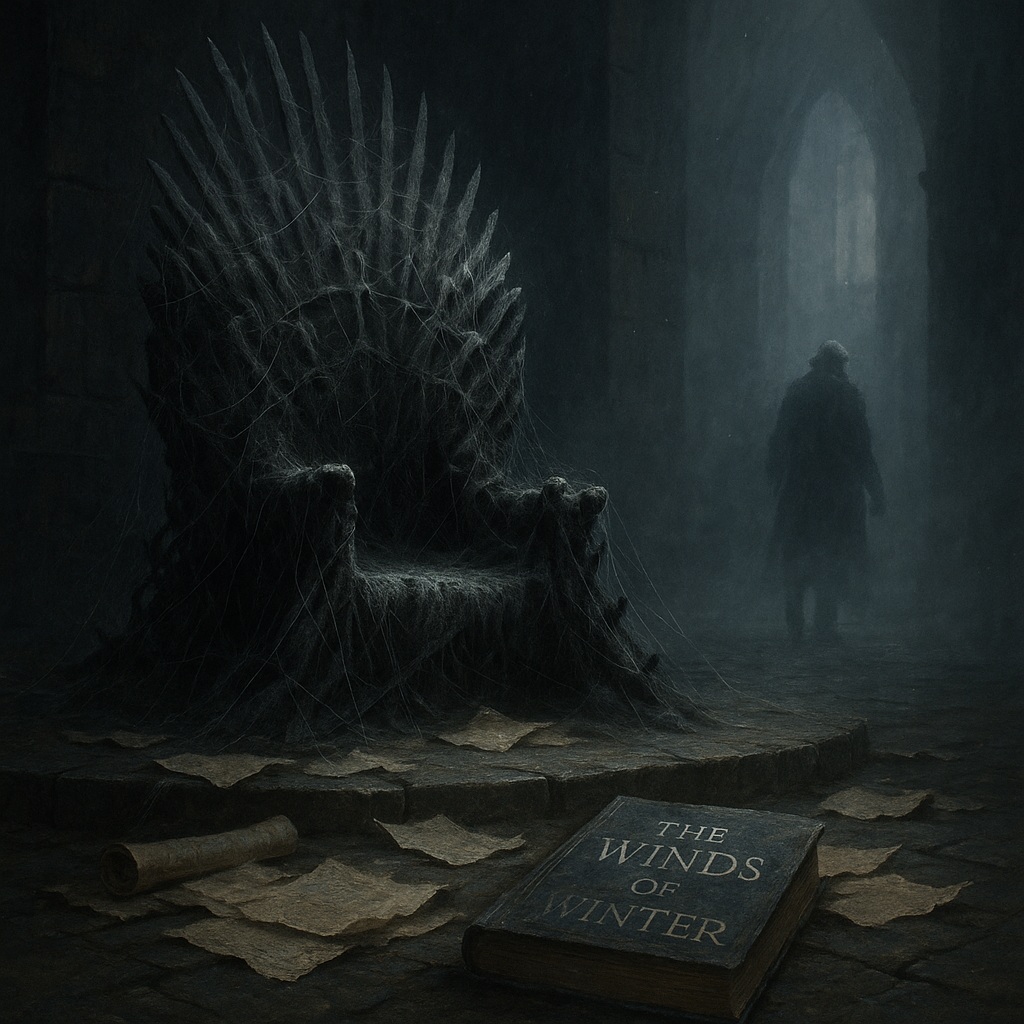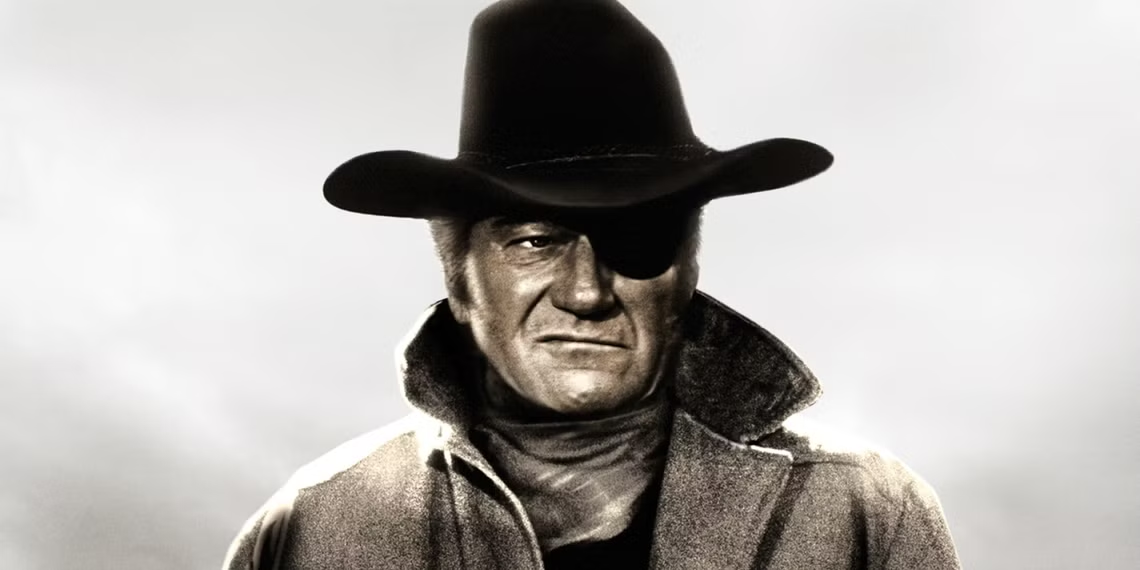Michael Moorcock’s Timeless Fantasy Epic is a Must Read!
The Warhound and the World’s Pain (1981), written by acclaimed author Michael Moorcock, stands as a timeless and influential fantasy classic. This novel takes readers on a gripping journey through a vividly imagined world filled with epic battles, intriguing characters, and thought-provoking themes. Moorcock, known for his distinctive style and imaginative storytelling, weaves a tale that explores the complexities of good and evil, redemption, and the consequences of war. In this article, we will delve into the remarkable aspects of this fantasy masterpiece, examining its plot and setting, analyzing its memorable characters, unraveling its underlying themes, and exploring Moorcock’s unique writing style. Additionally, we will discuss the novel’s reception, its impact on the fantasy genre, and its place among other renowned works in the literary landscape. Join us as we embark on a journey to unravel the captivating world of “The Warhound and the World’s Pain.”
“The Warhound and the World’s Pain” by Michael Moorcock
Imagine a world where demons and dark magic run rampant, where the line between good and evil is blurred, and where the fate of humanity rests on the shoulders of an unlikely hero. This is the world that Michael Moorcock invites readers to explore in his fantasy classic, “The Warhound and the World’s Pain.” With his signature wit and engrossing storytelling, Moorcock weaves a tale that is both epic in scope and deeply personal, taking readers on a journey through history, mythology, and the darkest corners of the human soul.
Overview of the Fantasy Classic: Plot and Setting
Historical Context and Worldbuilding
“The Warhound and the World’s Pain” is set in Europe during the Thirty Years’ War, a period of brutal conflicts and religious turmoil and the end of the Age of Chivalry. Moorcock expertly blends historical events with elements of fantasy, introducing mythical creatures, arcane powers, and supernatural entities into this volatile backdrop. His intricate worldbuilding adds richness and depth to the narrative, transporting readers to a time where reality and magic intertwine.
Synopsis of the Plot
The story follows the journey of Ulrich von Bek, a disillusioned mercenary haunted by the horrors of war. Ulrich is thrust into a battle between cosmic forces when he encounters Lucifer, the fallen angel, who enlists him as a champion against the malevolent forces threatening humanity. As Ulrich embarks on a perilous quest, he confronts not only physical adversaries but also the demons within himself. Ulimately von Bek is named the guardian of the Holy Grail, charged to keep it until such a time as Lucifer is reconciled with God. This can only happen when Lucifer and the von Beks are able to cure the World’s Pain. For this reason, their ancient family motto is “Do you the Devil’s work.” Moorcock delivers a captivating plot filled with unexpected twists, moral dilemmas, and thought-provoking philosophical questions.
Analysis of the Main Characters in the Novel
Protagonist: Ulrich von Bek a Classic Antihero
Ulrich von Bek, the ultimate antihero, is aa complex and relatable protagonist whose journey from a jaded soldier of fortune to a reluctant hero captivates readers. Moorcock deftly explores Ulrich’s internal struggles, portraying his flaws and vulnerabilities alongside his moments of heroism. Ulrich’s growth and transformation throughout the novel make him a memorable and relatable character.
Antagonist: Lucifer the Ultimate Badguy
As the fallen angel Lucifer, the primary antagonist of the story, serves as a catalyst for Ulrich’s journey. Moorcock crafts Lucifer as a multidimensional character, delving into his motivations and complexities beyond the traditional archetype of evil. This nuanced portrayal challenges readers’ preconceived notions, blurring the line between hero and villain.
Supporting Characters: A World of the Damned
Moorcock populates the narrative with a diverse cast of supporting characters, each playing a crucial role in Ulrich’s quest. From enigmatic witches to historical figures turned mythical beings, these characters bring depth and color to the story. Their distinct personalities, motivations, and interactions with Ulrich add layers of intrigue and emotional resonance.
“The Warhound and the World’s Pain” in Context
The Nature of Good and Evil
Through the intricate interplay between characters and their moral choices, Moorcock delves into the nature of good and evil. He challenges conventional notions, highlighting the complexity and shades of gray that exist within individuals. This exploration prompts readers to reflect on their own beliefs and question societal norms.
4.2 Redemption and Sacrifice
The themes of redemption and sacrifice permeate the narrative, as Ulrich grapples with his past actions and seeks a path to atonement. Moorcock explores the transformative power of personal sacrifice and the potential for redemption, offering a poignant message of hope amidst the darkness.
War and its Consequences
Set against the backdrop of the Thirty Years’ War, “The Warhound and the World’s Pain” examines the devastating consequences of war on individuals and society as a whole. Moorcock forces readers to confront the horrors of conflict, questioning the motivations that drive humanity towards such destruction.
In “The Warhound and the World’s Pain,” Moorcock presents a thrilling and thought-provoking fantasy classic that transcends the genre. With its captivating characters, imaginative worldbuilding, and exploration of profound themes, this novel stands as a testament to Moorcock’s mastery of storytelling. So, grab a hold of your warhound and prepare to be enthralled by this fantastical journey.
Symbolism and Imagery in the Novel
Symbolic Representations: Objects, Animals, and Locations
In “The Warhound and the World’s Pain,” Michael Moorcock weaves a tapestry of symbolism and imagery that adds depth and layers to the story. Objects, animals, and locations are carefully chosen to convey meaning and enhance the reader’s experience.
Throughout the novel, certain objects take on symbolic significance. The warhound, for instance, represents more than just a ferocious beast. It is a metaphor for the protagonist’s inner turmoil and the pain he carries. As the warhound is unleashed, so too are the main character’s inner demons, leading to a journey of self-discovery and redemption.
Animals also play a role in conveying symbolism. The presence of ravens, often associated with death and mystery, adds an air of foreboding and darkness to the story. Similarly, the black stallion embodies freedom and untamed power, reflecting the protagonist’s desire for liberation from his own personal demons.
Locations in the novel also hold symbolic weight. The desolate landscapes and ruined cities mirror the protagonist’s internal strife and the decaying state of the world. Moorcock’s use of vivid descriptions creates a powerful visual imagery that further enhances the symbolic nature of these locations.
Imagery and Descriptive Language
Moorcock’s skillful use of imagery and descriptive language paints a vivid picture in the reader’s mind, immersing them in the richly imagined world of “The Warhound and the World’s Pain.”
Every scene is brought to life through evocative descriptions that engage the senses. From the smoky taverns filled with raucous laughter to the ancient castles perched atop mist-covered mountains, the reader is transported to a fantastical realm that feels both familiar and otherworldly.
Moorcock’s descriptive language not only sets the stage but also enhances the emotional impact of the narrative. The anguish and torment of the protagonist are made palpable through the author’s choice of words, creating a deep connection between the reader and the characters.
The author’s ability to infuse humor into his descriptions is also worth noting. With a touch of wit and playful language, Moorcock adds a lightheartedness to moments of darkness, offering readers an enjoyable and well-rounded reading experience.
Moorcock’s Writing Style and Narrative Techniques
Moorcock’s Unique Voice and Literary Influences
One cannot discuss “The Warhound and the World’s Pain” without acknowledging Michael Moorcock’s unique voice as a writer. His distinct style, marked by a blend of fantasy, adventure, and philosophical musings, sets him apart from his peers in the genre.
Moorcock’s writing is characterized by its accessibility and clarity, making his works enjoyable for both seasoned fantasy readers and newcomers to the genre. He has a knack for simplifying complex ideas, presenting them in a way that is relatable and easy to understand.
Influenced by literary greats such as William Blake and H.P. Lovecraft, Moorcock’s writing exhibits a lyrical quality, filled with vivid metaphors and thought-provoking imagery. His philosophical leanings are evident in the introspective moments throughout the novel, where he seamlessly weaves existential questions into the narrative.
Narrative Structure and Pacing
Moorcock employs a masterful narrative structure in “The Warhound and the World’s Pain” to keep readers engaged and invested in the story. The novel is divided into well-defined sections that mirror the protagonist’s journey, each building upon the previous one to create a cohesive narrative arc.
The pacing of the novel is carefully crafted to maintain a balance between action-packed sequences and introspective moments. Moorcock understands the importance of providing readers with moments of respite amidst the chaos, allowing them to reflect on the deeper themes and character development.
The author’s use of alternating perspectives also adds depth and complexity to the narrative. By presenting different viewpoints, the reader gains a more comprehensive understanding of the story and its impact on various characters.
Use of Foreshadowing and Plot Twists
Moorcock’s use of foreshadowing keeps readers on their toes, eagerly anticipating what lies ahead. Clues are strategically scattered throughout the novel, hinting at future events and character motivations. This adds a layer of mystery and intrigue, keeping the reader engaged and invested in the story.
Furthermore, Moorcock expertly employs plot twists to subvert expectations and add excitement to the narrative. Just when the reader thinks they have figured out the direction of the story, the author throws a curveball, leaving them pleasantly surprised and eager to discover what happens next.
The Impact of “The Warhound and the World’s Pain”
Contemporary Reviews and Critical Reception
Upon its release, “The Warhound and the World’s Pain” garnered widespread acclaim from both readers and critics alike. Many praised Moorcock’s imaginative storytelling, compelling characters, and thought-provoking themes.
Critics lauded the novel’s richly imagined world and its seamless blend of fantasy and philosophical musings. The depiction of the protagonist’s inner turmoil and the exploration of existential questions resonated with readers, leading to a strong emotional connection with the story.
The novel’s accessible writing style and the author’s ability to tackle complex ideas in a relatable manner were also commended. Moorcock’s wit and humor added an enjoyable element to the narrative, making it an engaging and entertaining read.
Influence on the Fantasy Genre and Subsequent Works
“The Warhound and the World’s Pain” had a significant impact on the fantasy genre and influenced subsequent works. Moorcock’s unique blend of fantasy, adventure, and philosophical introspection inspired many authors to explore similar themes and narrative styles.
The novel’s exploration of moral dilemmas and the protagonist’s journey of redemption became recurring motifs in fantasy literature. Moorcock’s ability to infuse his work with relatability and depth set a standard for future authors, encouraging them to delve into the psychological and philosophical aspects of their narratives.
Furthermore, Moorcock’s distinct voice and writing style have left an indelible mark on the genre. His ability to write with wit, personality, and relatability has become a benchmark for fantasy authors aspiring to engage readers in a meaningful and captivating manner.
Other Fantasy Classics and Moorcock’s Literary Influence
Similarities and Differences with Other Fantasy Classics
While “The Warhound and the World’s Pain” stands on its own as a unique and captivating story, it shares similarities and differences with other fantasy classics. The novel’s exploration of moral ambiguity and the protagonist’s internal struggles can be compared to works such as “The Lord of the Rings” by J.R.R. Tolkien and “A Song of Ice and Fire” by George R.R. Martin.
However, where Moorcock’s work differentiates itself is in its philosophical depth and introspective nature. The author’s willingness to tackle existential questions and explore theIn conclusion, “The Warhound and the World’s Pain” by Michael Moorcock remains a testament to the enduring power of fantasy literature. Its intricate plot, compelling characters, and thematic depth continue to captivate readers, while Moorcock’s unique writing style and narrative techniques enhance the reading experience. This timeless classic has left an indelible mark on the genre, influencing subsequent works and garnering critical acclaim. Whether you are a longtime fan or a newcomer to Moorcock’s captivating world, “The Warhound and the World’s Pain” is a must-read for any lover of fantasy literature.




